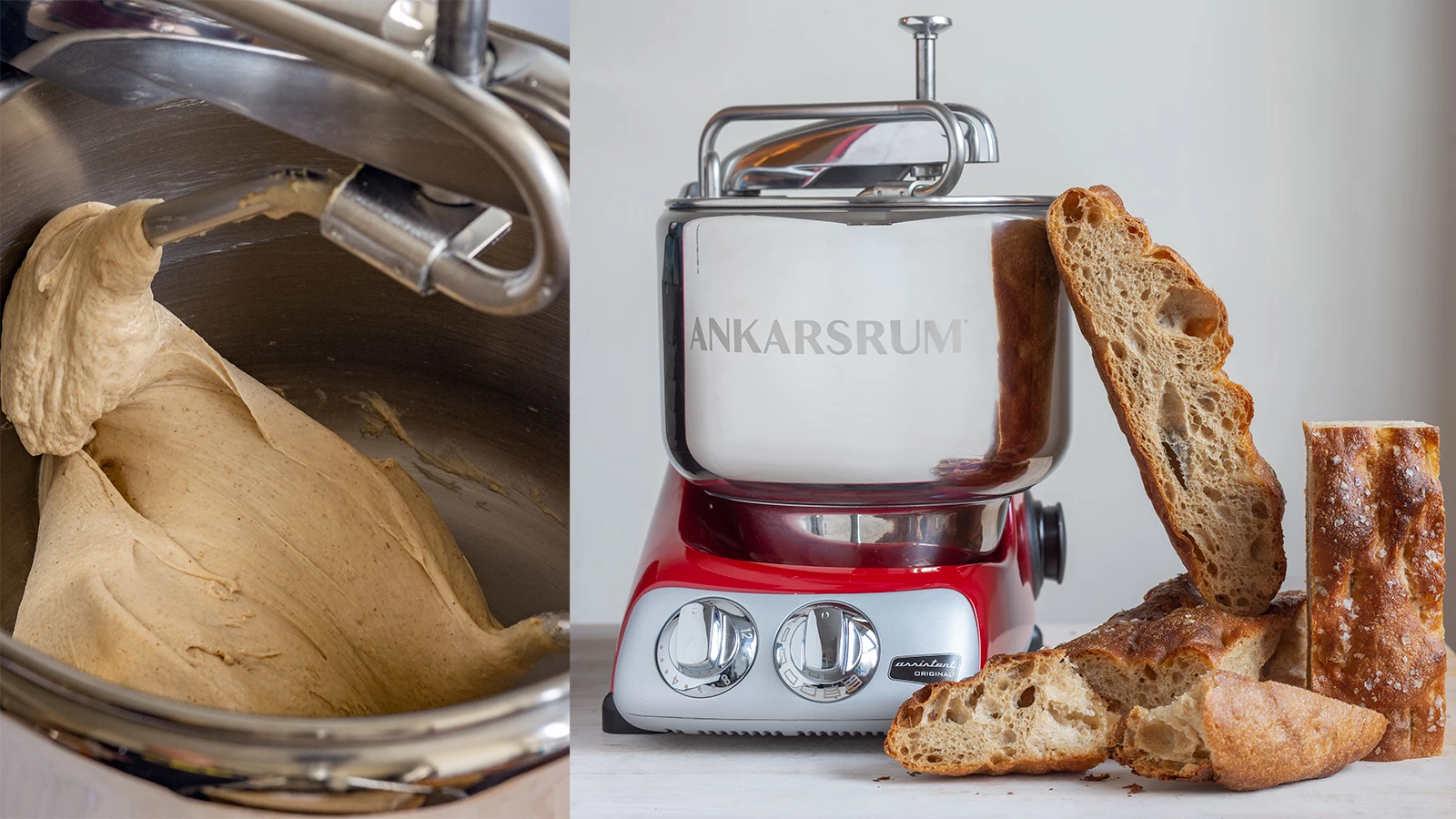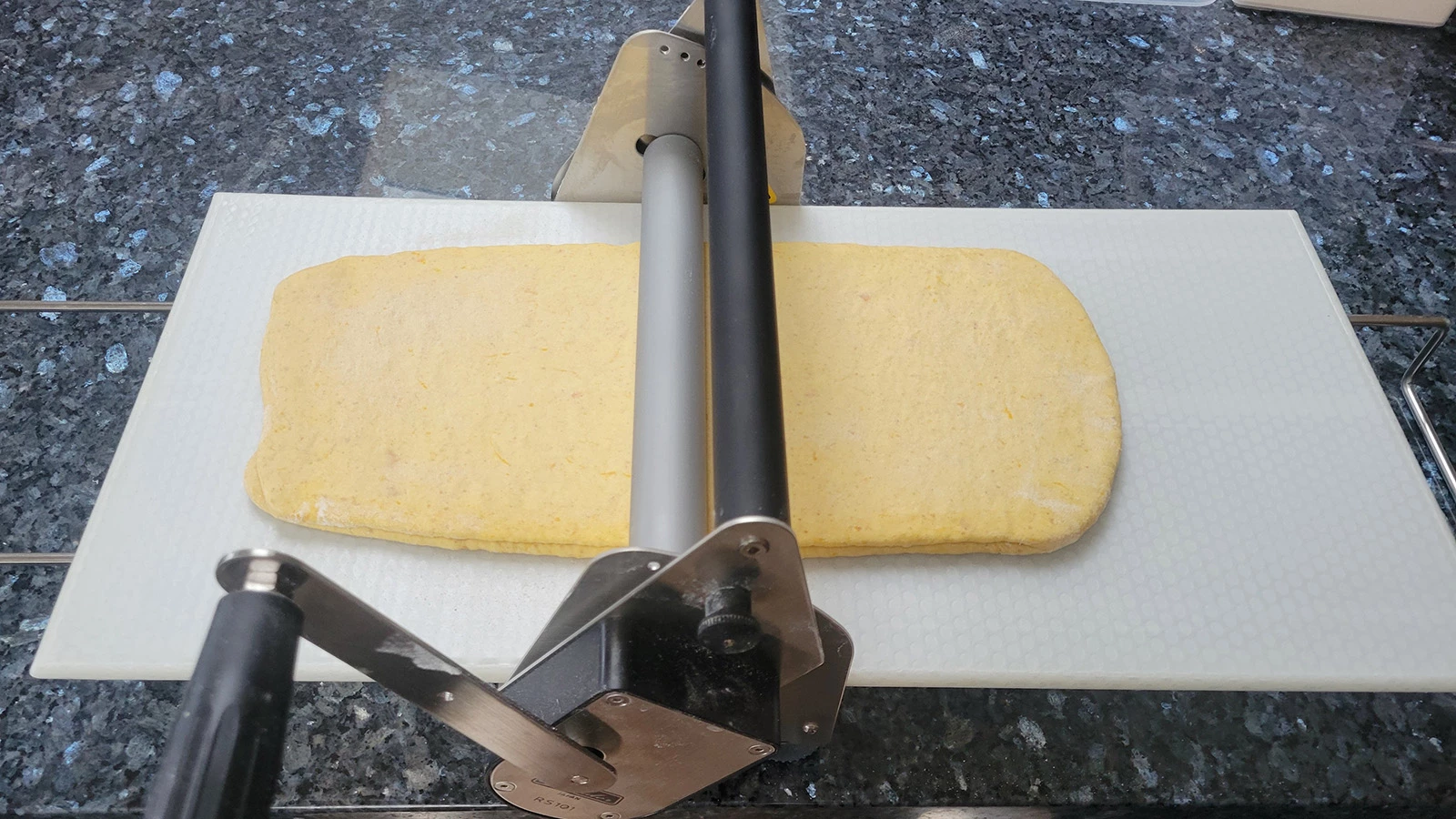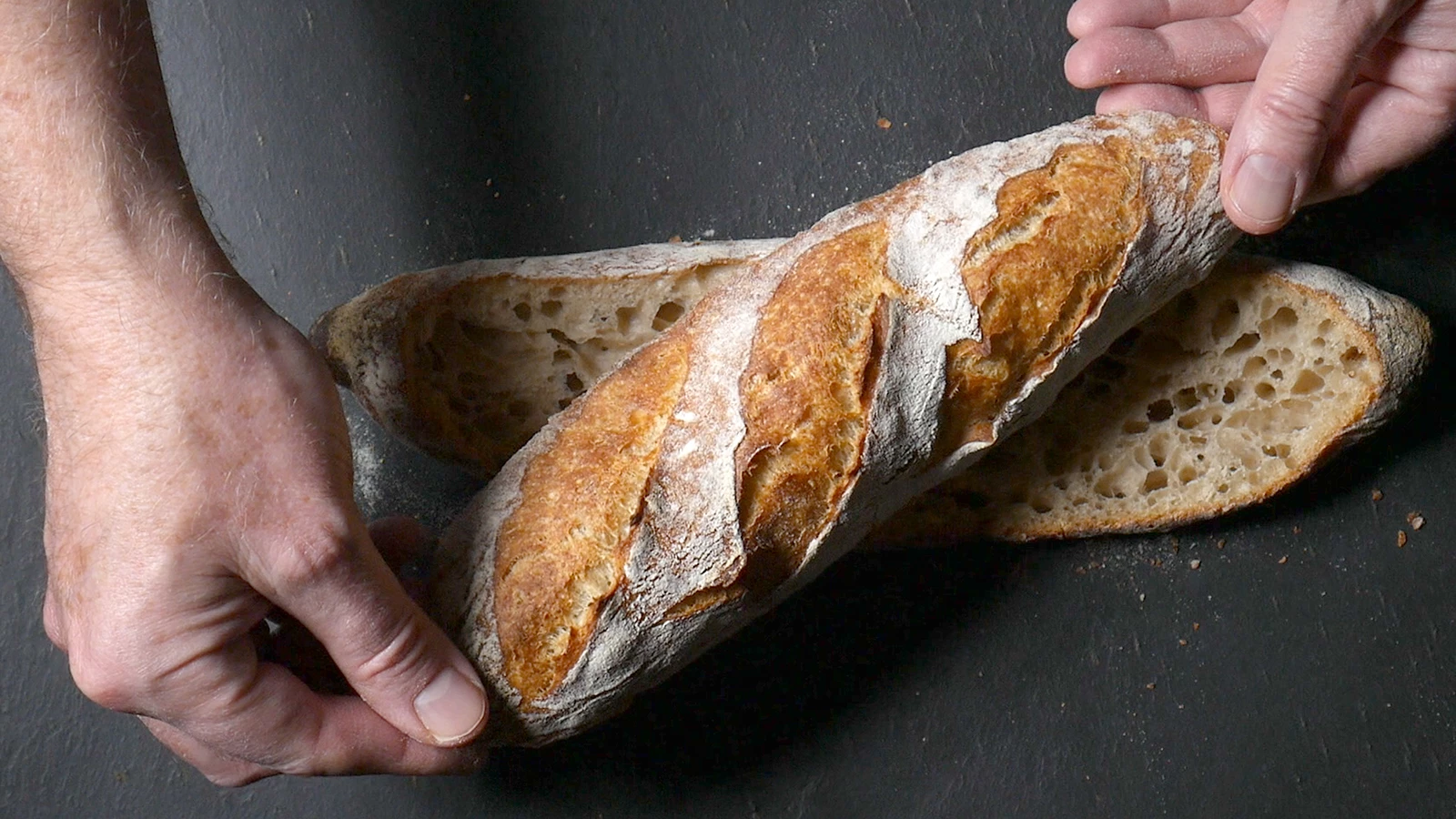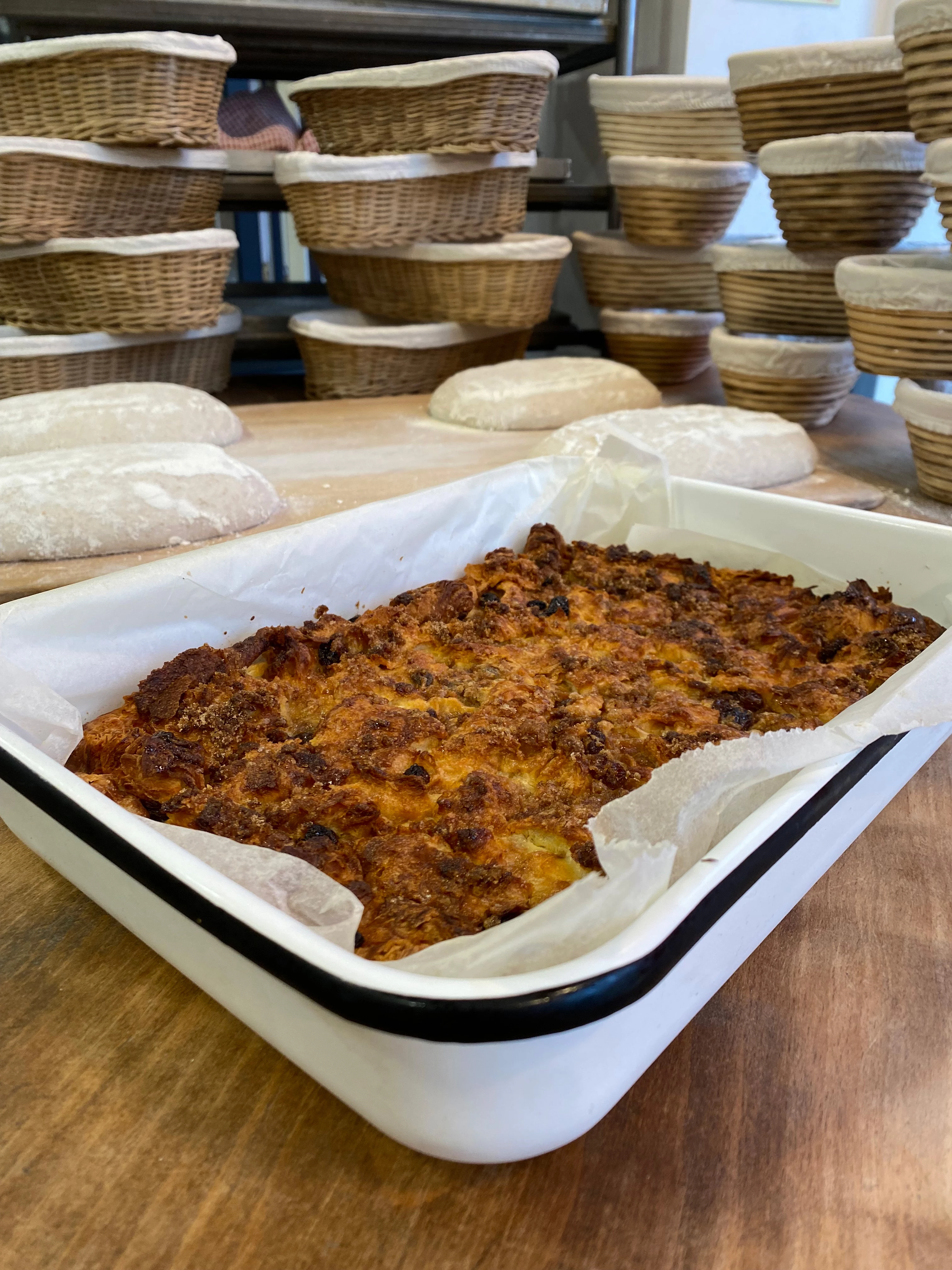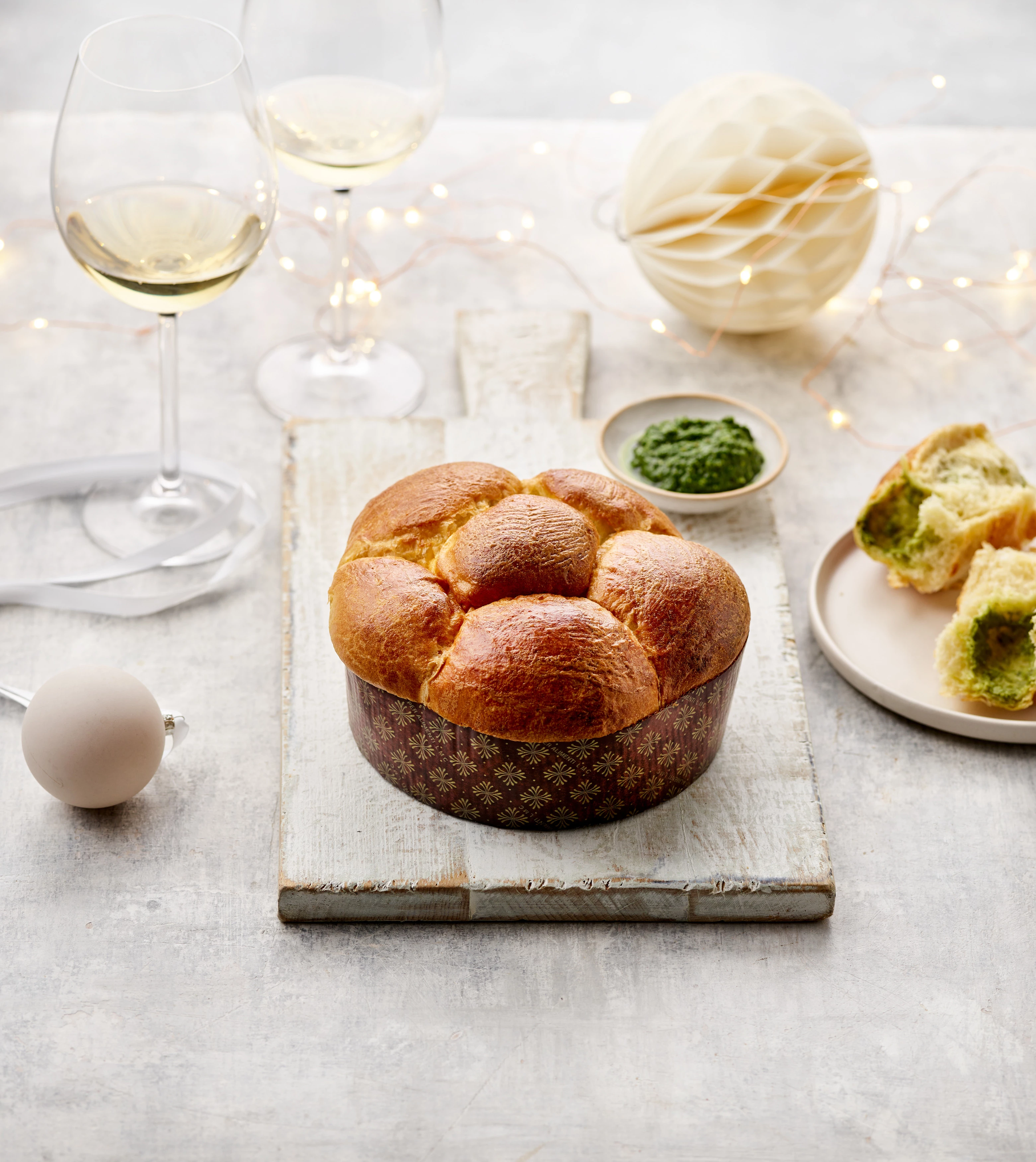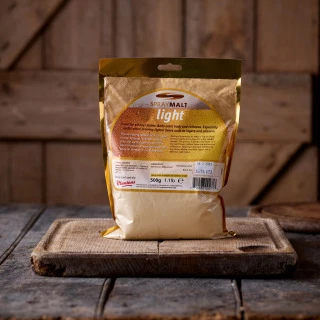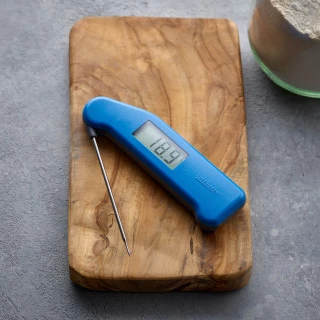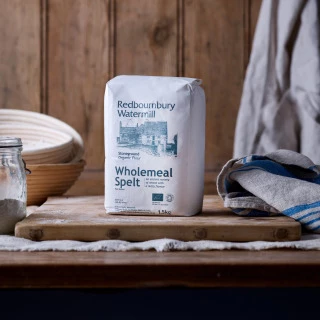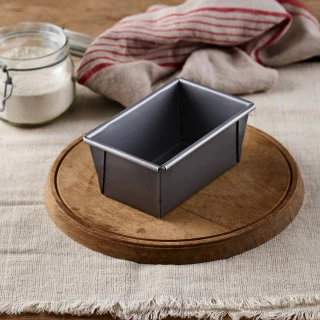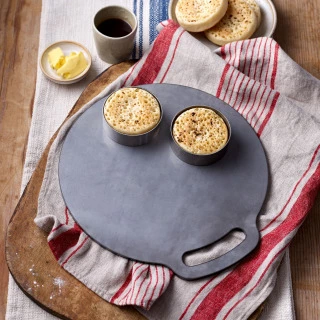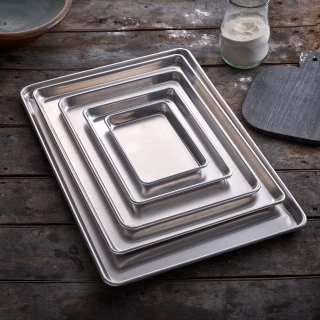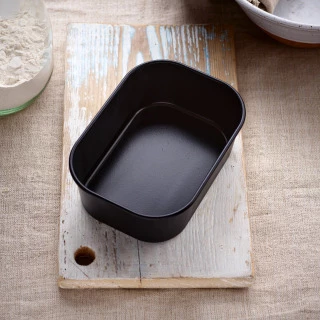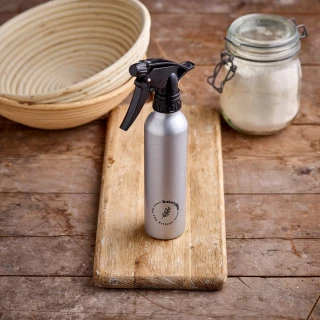Fuel Saving Baking: 9 tips to help reduce fuel costs
We hear you! You have these great skills, you're baking terrific breads, you have a good oven and our amazing flours, everything you need… and now you need to watch your fuel bill. What do you do?
At BakeryBits, we’ve been wondering: what would fuel-smarter baking be like?
So here’s our BakeryBits guide to reducing fuel costs!
1. Bake several loaves at the same time
For this you might need: more baking tins, check out our BakeryBits range here, lots of different shapes and sizes.
Your oven is costing you fuel from the moment you switch it on to the moment you turn it off, so why bake only one loaf at a time? Save on fuel costs by baking several loaves, so you use your oven less often, and freeze one or two loaves for another time. If your loaves are baking with space around them so the heat circulates, they can actually bake better. More dough in the oven also means less need to add extra steam (as the loaves release their own steam on baking). Measure your oven dimensions and plan how many loaves you can bake at a time, and see how many of our tins will fit in there.
2. Become a big softie, bake loaves for less time
For this you might need: a probe thermometer, we have great ones to choose from here
Many bread recipes are about getting a thicker, crisper crust, but the crumb can be cooked while the crust is more tender. A probe thermometer will tell you that the crumb is “cooked” all the way through the centre. For a thick crust you need to bake the loaf for longer at a lower temperature. But a longer bake also means higher fuel costs. Now, almost as a reaction to the ubiquitous thick crust sourdough, soft white bread is becoming fashionable again. And the great thing about it is that a softer loaf will save on fuel costs, simply because it bakes for less time. So as soon as the core crumb temperature reaches 82C-88C, switch your oven off, take the loaf out and let it cool on a wire rack. If you want more crust leave the loaf in the switched-off oven and let it use the oven’s residual heat.
3. Forgo the very dark crust and save on fuel
For this you might need: malt flour to help your crust take on a deep rich colour in less time.
Golden brown is the new “burnt black”. I’ve been waiting an age to say that and now, with the current fuel crisis, it’s time to shout it out loud. It became so fashionable to bake loaves at a high heat for a long time to get that “I incinerated it just for you” look. I hope I don’t sound like your therapist here but… it’s ok, you can let go of the burnt look. Just aim for a golden brown crust to and with the £££'s you’ll save, spend a little on something that will help the crust colour quickly, like our BakeryBits range of malt flours.
4. Find a baking buddy, share fuel costs with a friend, alternate who bakes each week
For this you might need: different flours to inspire you and please them
Many people have said to me “we bake a loaf each week as that’s what we use”. But what if you approached it differently, and got yourself a baking buddy: taking turns to bake for yourself and and your friend? This will mean getting together and deciding what flours and flavours work for both of you, but doing this could literally halve the money you spend on fuel for bread baking each week. It will help if they’re (a) nearby, and (b) agree with you on the kind of loaf you both want.
5. More smaller loaves, fewer huge ones
For this you might need: smaller tins
It’s a physics thing: a 500g loaf needs less baking time than a large 2kg loaf does. Larger loaves need more cooking to set the crust and the crumb, and long enough to dry out the crumb so it doesn’t sink on cooling. A softer smaller loaf will hold a proud shape without the long-baked crustiness that a large loaf always requires.
6. Flatter breads are faster-baking breads, bake more focaccia
For this you might need: a sturdy deep-lipped baking tray
Though the term “flatbread” usually refers to something like a wrap, i.e. very-flat pancake-like bread (see below), what I mean here is: bake flatter sheets of bread, any width and between 2-5cm deep. Bread shaped and baked to this thickness will bake quickly, meaning it uses less fuel. The best-known of these are probably the Italian focaccia and ciabatta, but there are many more. And though I know we often bang-on about a great recipe for focaccia, you can use any dough you like in the same way, and even name it yourself.
7. Eat the wrapper, stovetop flatbreads from flour tortilla to roti
For this you might need: our stovetop Welsh bakestone
We talk about bread baking being “as old as time”, but ovens were typically less common and most people the world over, when they "baked" bread at home, cooked it over a stove or fire. Today, heating up a griddle like our Welsh bakestone on the stovetop is quick, and is probably the most fuel-efficient way of baking. Dough can be made and baked very quickly. And when you’ve tried making flatbreads at home I truly believe you will be converted to them. They taste amazing, they can include a mix of flours, and even use up leftover flours that you have in the cupboard.
8. Roll up, roll up, soft rolls bake even faster than loaves
For this you might need: A water spray bottle to mist over the rolls just before they’re baked
Homemade soft buns, the sort you might use for burgers, are also perfect for all sorts of sandwiches (a burger is a kind of sandwich, really). And the secret to keeping them soft: high heat for a very short bake (12–20 minutes usually). This is also great for reducing fuel bills. Aim to bake a couple of trays worth at a time, then freeze or give away what you don’t use. That’s what we do, and I can tell you, knowing that there are home-baked soft buns in the freezer always makes me happy. To get the best rise I spray a fine mist of water over the tops just before they go in the oven.
9. Bake starting in a cold oven, slight saving but worth a mention.
For this you might need: a blade so you can slash the top
Now, I’m slightly doubtful about how big a saving this makes, but I thought I’d mention it, as I do often see it suggested. The idea is that you put the bread in the oven before it’s switched on and by the time the oven is up to temperature your loaf is part of the way baked. It’s really a great saving if you have a non-fan oven – what’s known as a “conventional oven” – and these are more common in the USA than they are here. But if you use a fan oven you need to remember that power is needed to drive the fan, as well as create the heat. Both add to the cost of your baking. There are benefits to baking from cold: steam stays longer in a cooler oven, so if you add near the start (say with boiling water in a heatproof metal dish) you should get a better-looking loaf at the end. So if you like to take a blade and slash the top of your bread before baking, the cut should tear open proudly when baked from cold. That’s the theory, at least.
Bonus tip!
10. Be a big-hearted baker: don’t make it all about you, bake two loaves, give one loaf away, and help someone else’s fuel costs.

